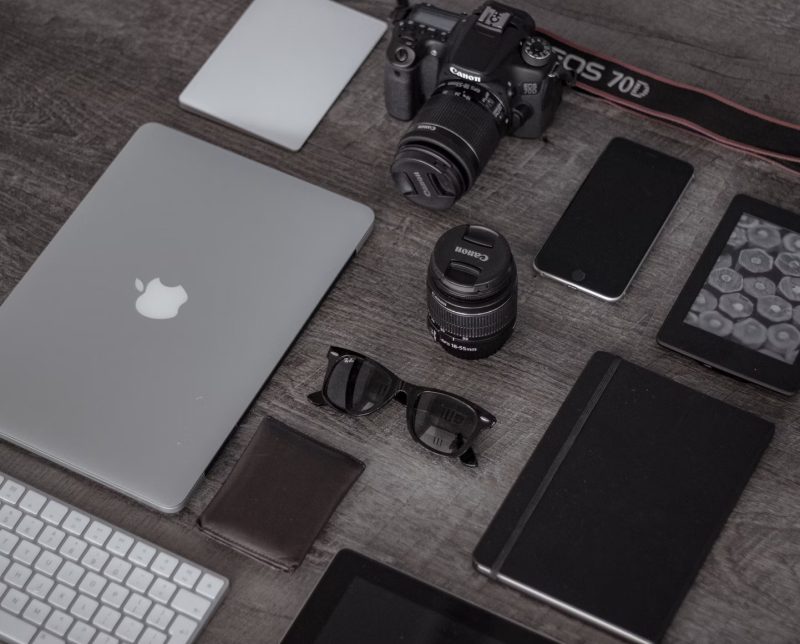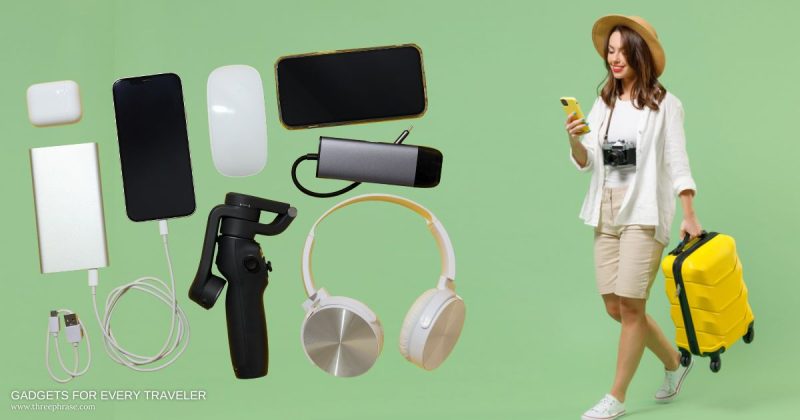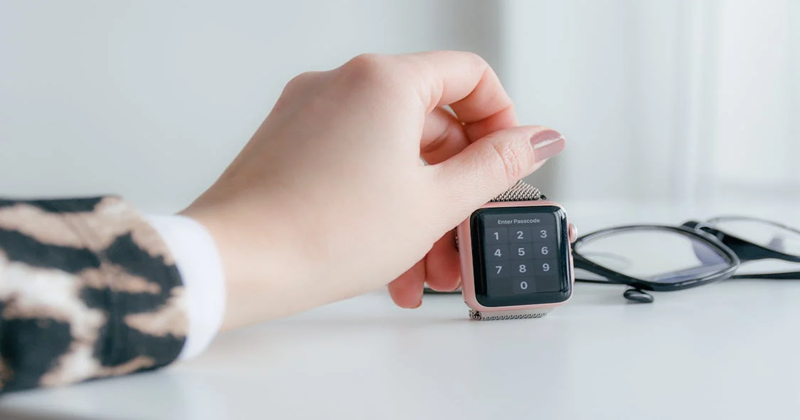Top DSLR Accessories: Create the 10 Perfect Photography Kit
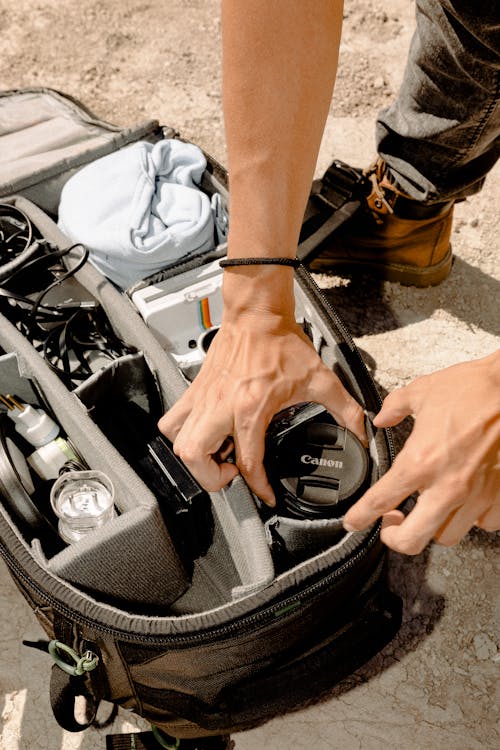
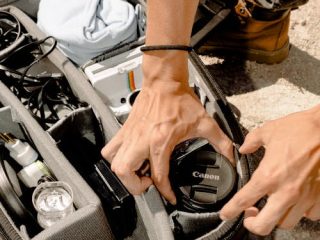 Collecting moments with your DSLR is very rewarding for photographers. Are you? Whether serving your clients or doing it yourself, you can always elevate it. This blog will assist you in capturing the most precious moments out of your lens by considering these top DSLR accessories. It is important to note that some accessories come in different variations depending on your gadget’s needs. Yet, I will address it in more detail.
Collecting moments with your DSLR is very rewarding for photographers. Are you? Whether serving your clients or doing it yourself, you can always elevate it. This blog will assist you in capturing the most precious moments out of your lens by considering these top DSLR accessories. It is important to note that some accessories come in different variations depending on your gadget’s needs. Yet, I will address it in more detail.
Top DSLR Accessories
1. Remote Trigger
Do you need help to run fast enough to make it into group pictures? Does it shake during long exposures? Taking animal photos without scaring them off can be challenging, though. Worry no more!
Remote triggers for DSLRs let you control your capturing device from a distance. This tool can make your images seamless, whether drinking or shooting multiple shots. Some DSLR remote shutters can be operated simply by connecting them to Bluetooth. You only press the shutter’s button, and that’s it. Complex and expensive remote triggers can help with top-notch shots.
2. External Flash
On-camera flashlights are very helpful for taking photos in low-light situations. Yet, if you’re going to elevate your bare images to an expert level, buy external flashes. You can easily use this portable flash by mounting it on your digital single-lens reflex camera. Additionally, you can do it wirelessly or away from your imaging device. This accessory has a budget-friendly and expensive version that you can test out.
3. Tripod
Taking long exposures with only your hands is not enough to make it perfect. There are some tools to stabilize your shots while shooting. As a recommendation, I recommend taking a tripod. It will assist you in capturing great images by keeping them in one place and secure. Additionally, experts highly recommend photographing the same scene repeatedly. Professionals mostly employ them, but even beginners can use them as well. I suggest you buy a lightweight travel tripod because you can always carry it wherever you are. Consider investing in the best regular tripod and mini tripod when purchasing.
4. Camera Strap
Countless moments in our lives are not worth the risk. For example, you dropped your device without straps. For extra protection, buy specialized neck, shoulder, and wrist straps. The materials used in this strap are thin and narrow. Therefore, it ensures you can hold your camera for long without discomfort. Depending on your style, you can also choose different colors, sizes, and designs. If you carry a large camera on a trip, buy a durable shoulder strap with padding. Use a digital single-lens reflex wrist strap if you don’t want to put it on your neck.
5. Polarizing Filter
Environmental glare can reduce the quality of your shots by creating unwanted reflections from surfaces like glass and water. This glare can make your images look washed out or distract from the main subject, especially in outdoor photography. Using a polarizing filter helps eliminate these reflections, allowing you to capture more transparent and vibrant images. Although there are tools to manipulate them, it is preferable to capture them when taking the picture. It will save time and make your shot look more natural.
Using a DSLR polarizing filter, you can control the amount of light that enters your lens, reducing glare and improving color saturation. Before purchasing, it’s essential to understand the difference between the two types of polarizing filters.
- Linear Polarizing Filters – Linear polarizing filters block certain light waves, cutting down on those annoying reflections and glare. When light hits surfaces like glass or water, it polarizes—the light waves line up in one direction. The linear filter removes these aligned waves, giving your photos better contrast and clarity. But here’s the catch: these filters can mess with your camera’s autofocus and metering because they interfere with how your camera processes light. That’s why they’re not ideal for modern DSLR or mirrorless cameras, which rely on those automatic features to work smoothly.
- Circular Polarizing Filters – Circular polarizing filters handle reflections and glare without affecting your camera’s autofocus or metering. They come with a handy extra element called a quarter-wave plate that converts polarized light into circularly polarized light. This trick keeps the filter working without disrupting your camera’s sensors. That’s why circular polarizers are a go-to for most DSLR and mirrorless users. Not only do they give you more control over reflections, but they also pump up color vibrancy, all while ensuring your camera performs just as it should.
While both types reduce reflections and enhance clarity, circular polarizing filters are more versatile and compatible with modern DSLR cameras, making them the preferred choice.
6. DSLR Lens Hood
Shooting on sunny days may cause unwanted lens glare in your photos. If you’re experiencing this issue, you need a lens shade or hood. This lens protection allows you to block direct light from hitting your lens for better photo quality. It may also protect your lens from scratches and other elements damaging your device. If you want this tool, read this list of the best DSLR protectors.
7. Cleaning Kit
Like any gadget, your photographic equipment will likely collect dust and dirt. You can get it while traveling or storing it for a long time. With a DSLR cleaning kit, you can always keep it clean. Here are the following items to check when buying your first cleaning kit:
- Microfiber Cleaning Cloth – This cleaning tool wipes and polishes your lens, ensuring no smudges or streaks are left behind. Its ultra-soft fibers are gentle on delicate surfaces, preventing scratches while effectively removing dirt.
- Air Blaster – This tool blows powerful air streams to remove debris from your DSLR, helping to keep dust out of hard-to-reach areas. It is beneficial for cleaning sensitive parts like the sensor or viewfinder without direct contact.
- Cleaning Liquids – Using this solution will help you remove hard-to-remove stains, such as smudges and fingerprints on your lens. This product safely cleans camera lenses, ensuring a streak-free finish without damaging the coatings.
- Lens Brushes – The tool has a soft texture that helps clean camera gaps, removing dust and dirt from intricate areas. Its gentle bristles ensure no scratches or damage during the cleaning process, protecting your gear.
Cleaning it once is not enough, of course. It would help to clean it regularly to avoid leaving traces behind. If you want them at one time at a mind-blowing price, check out this product.
8. Extra or Spare Batteries
Digital single-lens reflex batteries can usually last for a couple of hours. If you are lucky, they can last more than a day. Their lifespan is determined by how often they use their camera and built-in flash. Buying extra or spare batteries for your DSLR is an investment. Why? It will avoid inconvenience and bring more memories together.
Imagine you’re capturing a photo and suddenly run out of battery. The device would take some time to use. However, why would you wait at least 1-4 hours to recharge if you could replace it?
I would stick with your DSLR’s original battery if I were you. This tip will help your device last longer and not affect its warranty. You can still rely on the best third-party battery brands, like Watson and Wasabi.
9. Memory Card
Some DSLR manufacturers offer free memory cards with camera purchases. Yet, it also had a minimal capacity that you could only use briefly. Therefore, consider purchasing additional memory cards to collect more moments together. What should you consider when buying a memory card?
There are two types of memory cards: Secure Digital (SD) and CompactFlash (CF). Before buying, check your camera specifications to ensure they fit your device. Some cameras only support card formats, while others support both. If you need more clarification about your specifications, using search engines is free. You can also see their specifications by reading their manual.
- Evaluate Your Preferred Card Speed
Choosing your desired memory card speed depends on different factors. It’s either your budget or your need for a DSLR. If you aim to shoot countless images quickly, you need high-speed cards. If you have a low budget, you can buy slow memory cards. However, expect them to fail to work well since your camera’s buffer can fill up too quickly. Furthermore, you can only continue taking pictures after your buffer gets empty.
Choosing the best memory card also relies on those two main factors. Opt for more extensive storage if you want to store more high-quality photos. You can select memory cards from 64 GB, 128 GB, 256 GB, 512 GB, or 1 TB. If your budget is short, go for cards with low storage. Just ensure it’s kept in pristine condition. Consider 4 GB, 8 GB, 16 GB, or 32 GB. If you want to diversify the risk (for example, if it gets lost), buy two 64 GB cards instead of one 128 GB card.
10. Camera Bag
Now that you’ve learned about these tools, it’s time to store them in a high-quality DSLR camera bag. It protects your devices from falling and can also store camera accessories. Therefore, go for a spacious bag that fits your aesthetics. Look for bags that don’t appear designed for cameras. Don’t buy low-quality camera bags if you don’t want to risk them. Instead of settling on the bare minimum, buying bags with good quality and well-padded compartments is better.
Conclusion
Building a DSLR photography accessory kit is critical to capturing professional images. Essential tools like tripods, external flashes, and polarizing filters enhance photo quality, while extra batteries, cleaning kits, and memory cards prepare your gear. Whether you are a beginner or an experienced photographer, these accessories elevate your photography and adapt as your skills grow. Start with the basics and expand as needed, ensuring you’re always prepared to capture perfect moments effortlessly.
